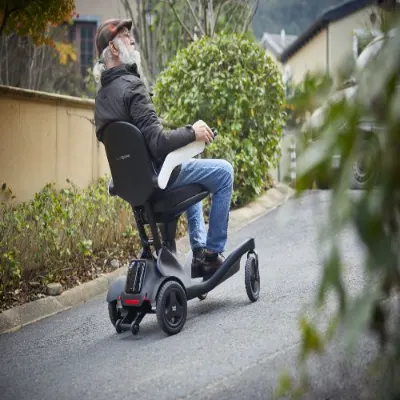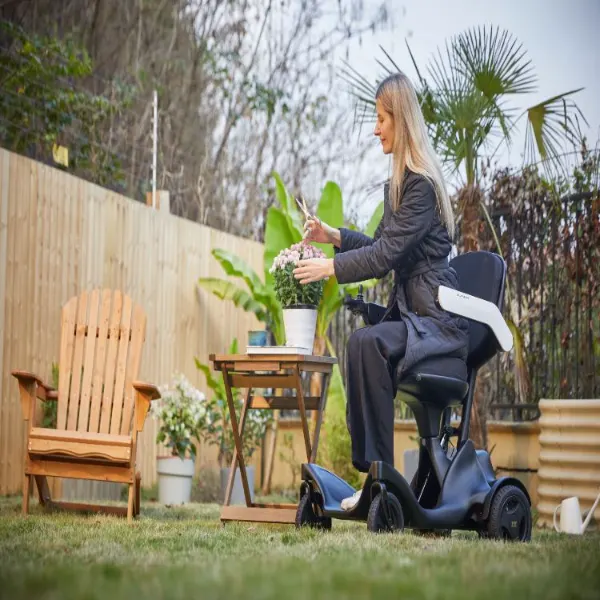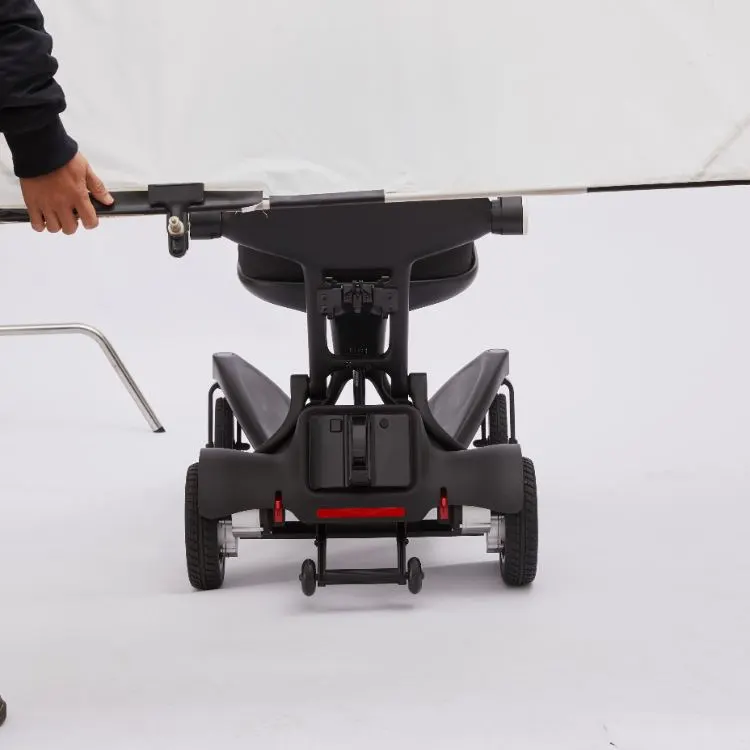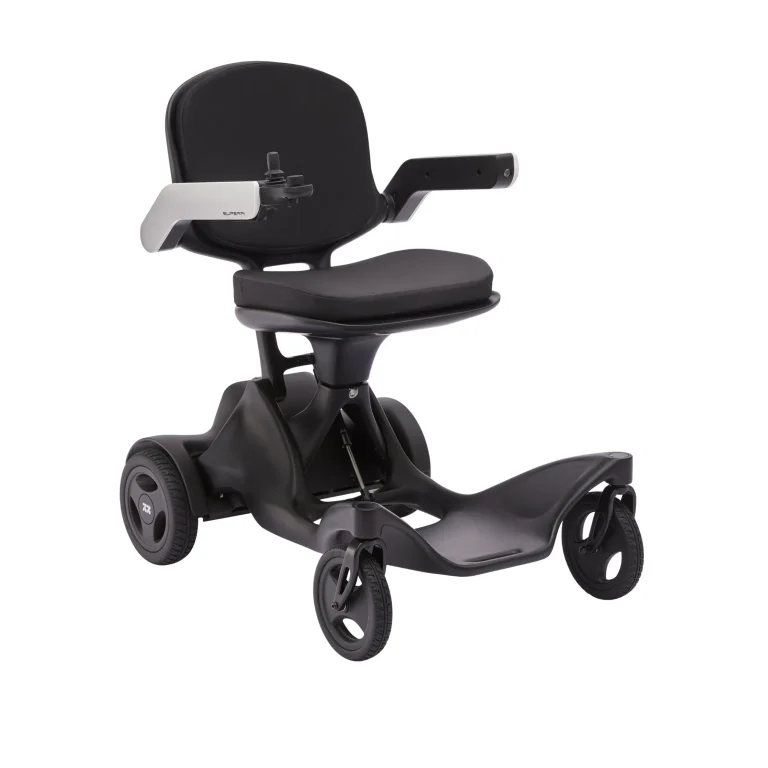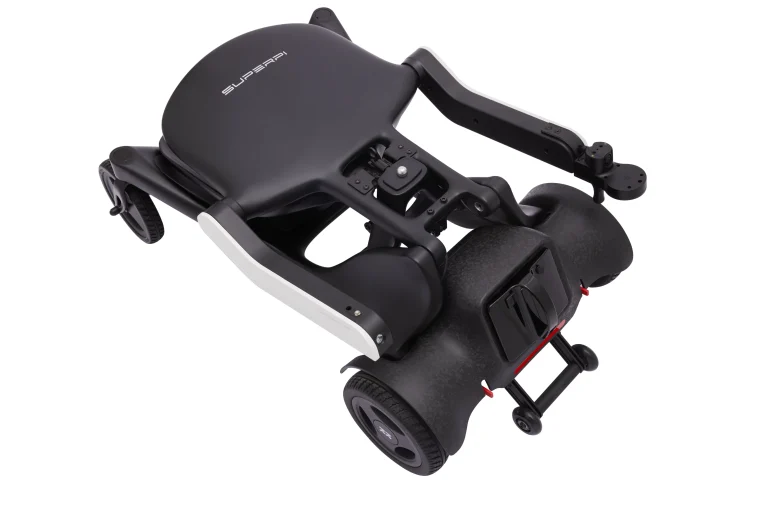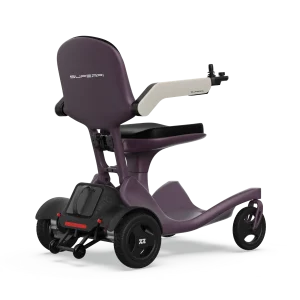
Introduction: The Rise of Powered Mobility
(600 words)
- Key stat: Global electric wheelchair market to hit $8.7B by 2030 (CAGR 8.1%)
- Historical turning point: George Klein’s 1952 WWII veteran-focused design
- Modern paradigm shift: From “disability equipment” to tech-integrated personal vehicles
- Preview: AI navigation, exoskeleton hybrids, and regulatory challenges
Section 1: Historical Milestones
(900 words)
1.1 The Analog Era (1950s–1980s)
- 1956 Everest & Jennings Model 706: 300 lb steel frame, 8-hour lead-acid battery
- 1970s joystick revolution: Paraplegic engineers’ DIY modifications
- Early limitations: No outdoor use, 3 mph max speed
1.2 Digital Integration (1990s–2010s)
- 1997 Permobil C500: First tilt/recline power chair with MEMS sensors
- 2008 ADA compliance: Standardized ramp angles (1:12 slope)
- Lithium-ion adoption: 2012 FDA approval for aviation-safe batteries
Section 2: Core Technological Advances
(1500 words)
2.1 Propulsion & Energy
- Motor evolution: Brushed DC → BLDC motors (90% efficiency)
- Battery breakthroughs:
- 2023 Solid-state prototypes (600 Wh/kg vs. current 200 Wh/kg)
- Solar-integrated chairs: WHILL Model Ci’s 12-mile/day solar boost
2.2 Smart Control Systems
- Eye-tracking interfaces: Tobii Dynavox PCEye Mini (30ms latency)
- Brain-computer interfaces (BCI): 2023 Neurable trials with 92% accuracy
- Autonomous navigation:
- WHILL Autonomous Ci (LIDAR + SLAM mapping)
- Toyota’s U-Shin collaboration for hospital fleet management
2.3 Material Science
- Carbon fiber frames: Kuschall Champion SK (33 lbs total)
- 3D-printed custom seats: Permobil’s BodyMatch pressure mapping
Section 3: User-Centric Design Trends
(1200 words)
3.1 Lifestyle Segmentation
- Active user models:
- RGK’s Octane Sub4 (16 mph, Formula E-inspired suspension)
- Bariatric solutions:
- Pride Quantum Rehab Edge 3.0 (600 lb capacity)
- Pediatric innovations:
- Zippie SmarTRAK for cerebral palsy (dynamic posture control)
3.2 Accessibility Ecosystem
- Vehicle integration: BraunAbility’s VMI Northstar in-vehicle docking
- Public infrastructure:
- NYC subway pilot with retractable bridge plates (2024)
- EU’s EN 12184:2023 charging port standardization
Section 4: Regulatory and Ethical Challenges
(800 words)
4.1 Safety Standards
- ISO 7176-28:2022 cybersecurity requirements for IoT chairs
- FDA vs. CE Mark classifications: Software update controversies
4.2 Cost & Insurance Barriers
- U.S. Medicare coverage loopholes: “In-home use only” rule
- Emerging markets: India’s 2023 GST reduction from 18% to 5%
4.3 Ethical Debates
- Autonomy vs. safety: Should AI override user commands?
- Data privacy: Permobil’s 2022 lawsuit over GPS tracking
Section 5: The Future Landscape
(1000 words)
5.1 Emerging Technologies
- Hybrid exoskeletons:
- Cyberdyne HAL® Lumbar Suit integration trials
- Self-healing tires: Michelin’s 2024 Tactile® Gel prototypes
- Haptic feedback systems: Tesla-inspired yoke controls
5.2 Market Disruptors
- Direct-to-consumer startups: ZoomGo’s subscription model ($199/month)
- Asian manufacturing shift:
- China’s NIO unveils EP-Wheelchair with battery swap stations
5.3 Policy Horizons
- UN’s 2030 Accessibility Goals: Mandatory sidewalk sensors?
- FAA’s 2025 electric wheelchair aviation safety overhaul
Case Studies
(600 words)
- Boston Medical Center: 30% fall reduction with AI collision prevention
- Tokyo 2020 Paralympics: RGK’s Targa FX used by 60% of athletes
- Veteran Affairs Scandal: 2023 delayed deliveries exposing supply chain flaws
Conclusion: Beyond Mobility
(300 words)
- From stigma to empowerment: Redefining societal perceptions
- Call to action: Universal design principles for tech developers
- Final thought: “The chair isn’t limiting – inaccessible environments are.”

